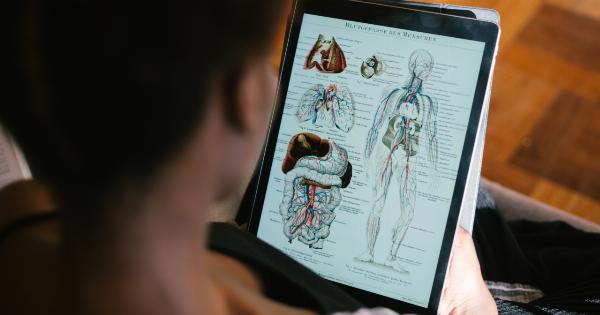When a man ejaculates during sexual intercourse, thousands of sperm are released into the female body. The journey to fertilize an egg is a long and difficult one, and many factors come into play for successful conception.
One of the most important factors is the lifespan of sperm inside the female body. So, how long does sperm survive in the female body? Let’s take a closer look.
How long does sperm live inside the female body?
The lifespan of sperm inside the female body depends on many factors such as the acidity of the woman’s reproductive tract, the presence of cervical mucus, and the temperature inside the vagina.
The lifespan of sperm outside the female body
The lifespan of sperm outside the female body is much shorter than inside. When exposed to air, sperm can survive only a few seconds to a few minutes. Sperm can survive for up to 20 minutes in semen as soon as it leaves the penis.
Sperm survival in the cervix
When sperm first enters the female body, the cervix acts as a filter, and many sperm are lost immediately. However, some sperm can survive in the cervix for up to five days.
The survival of sperm in the cervix depends on the thickness of cervical mucus, which can help or hinder their journey to the egg.
Sperm survival in the uterus
The uterus is the final destination for sperm on the journey to fertilize the egg. Sperm can survive in the uterus for two to three days, depending on their quality and the conditions inside the female body.
Sperm survival in the Fallopian tubes
The Fallopian tubes are where fertilization occurs. Sperm can survive in the Fallopian tubes up to five days after ejaculation. This is because the mucus secreted by the Fallopian tubes is rich in nutrients that help sperm survive longer.
However, not all sperm can make the journey; many are lost along the way due to various factors such as the acidity of the environment and immune system response.
Factors that affect sperm survival
The lifespan of sperm inside the female body is influenced by several factors such as:.
- Acidity of the vagina and cervix
- Presence of cervical mucus
- Immunological factors that can kill sperm
- Age and overall health of the female partner
- The use of birth control methods such as condoms, spermicides, and intrauterine devices (IUDs)
What happens to sperm if it doesn’t fertilize an egg?
If the sperm does not fertilize an egg, it will die and get absorbed by the female body naturally. This process happens whether the woman is pregnant or not.
How to improve the chances of sperm survival and fertilization
Several factors contribute to successful fertilization. Timing sexual intercourse to coincide with ovulation can greatly increase the chances of conception.
Reducing alcohol consumption, quitting smoking, and eating a healthy diet can also improve fertility and the survival of sperm.
Conclusion
The lifespan of sperm inside the female body varies due to several factors such as the condition of the female reproductive tract, the presence of cervical mucus, and the temperature inside the vagina.
Sperm can survive for up to five days inside the female body, the majority of which is spent in the Fallopian tubes, where fertilization occurs.





























